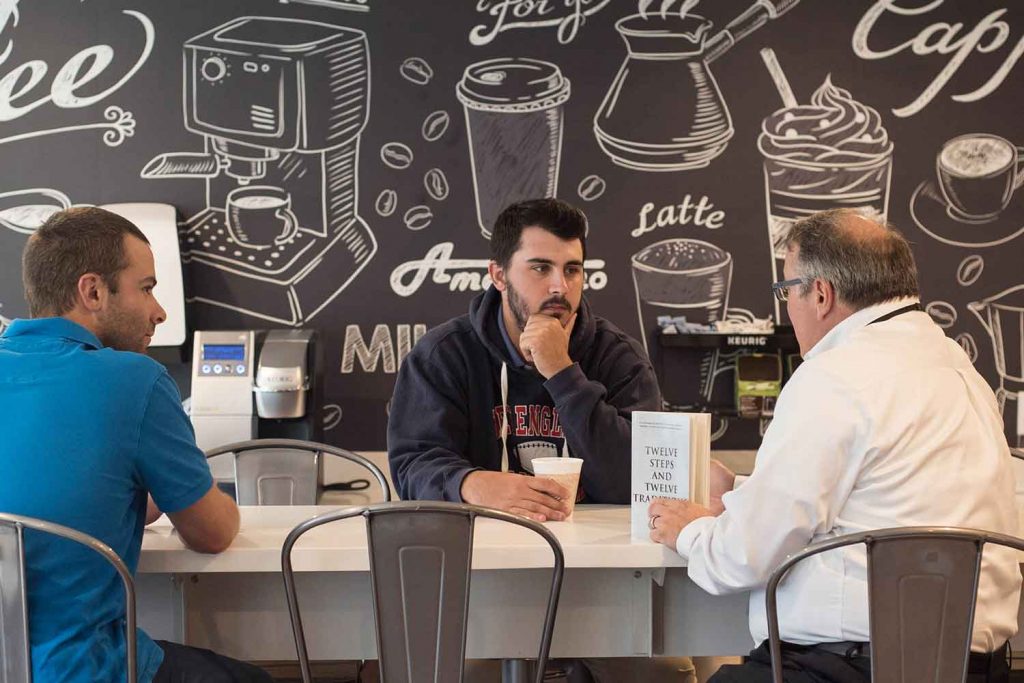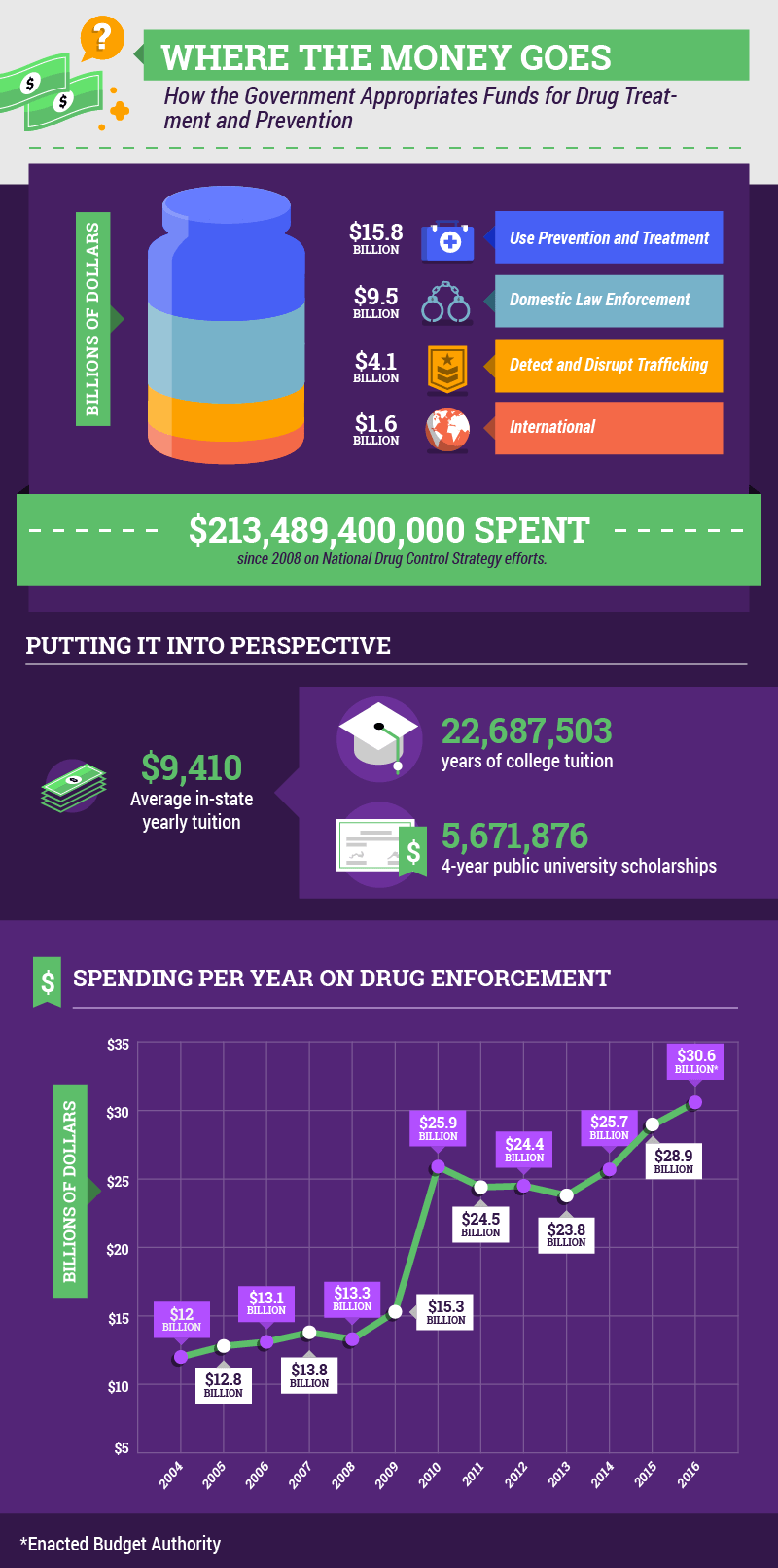How the Brain Reacts To Natural Rewards & Drugs (NIDA) Research studies have revealed that constant substance abuse significantly limits a person's capability to feel satisfaction. at all. 6 In time, drug use leads to much smaller releases of dopamine. That means the brain's reward center is less responsive to enjoyment and pleasure, both from drugs, in addition to from every day sources, like relationships or activities that a person when delighted in.
7 Withdrawal takes place when a person who's addicted to a compound stops taking it entirely: either in an effort to stop cold turkey, or due to the fact that they don't have access to the drug. Somebody in withdrawal feels definitely awful: depressed, despondent, and physically ill. Brain imaging studies from drug-addicted individuals reveal physical, quantifiable changes in locations of the brain that are vital to judgment, decision making, learning and memory, and behavior control.
8 An appealing student might see his grades slip. A bubbly social butterfly might unexpectedly have problem rising. A credible brother or sister may begin stealing or lying. Behavioral changes are directly connected to the drug user's changing brain. Yearnings take control of. These cravings hurt, consistent, and distracting.

Specifically given the strength of withdrawal signs, the body desires to prevent remaining in withdrawal at all costs. which neurotransmitter is involved in drug addiction. "We require https://kameronlxla492.mystrikingly.com/blog/how-to-become-a-drug-addiction-counselor-fundamentals-explained to tell our children that a person beverage or one tablet can cause a dependency. Some of us have the genes that increase our risk of dependency, even after simply a couple of usages.
But at some point during use, a switch gets turned within the brain and the decision to use is no longer voluntary. As the Director of the National Institute on Substance abuse puts it, it's as if an addicted individual's brains has been pirated. Anyone who tries a compound can become addicted, and research study reveals that the bulk of Americans are at danger of developing dependency.
How To Help A Child With Drug Addiction for Beginners
What's more, 42% of 1718 year olds report that they've tried illicit drugs. 10 After preliminary direct exposure, no one selects how their brain will react to drugs or alcohol. So why do some individuals establish dependency, while others don't? The current science indicate 3 main elements. Scientific research Addiction Treatment Center has revealed that 5075% of the possibility that a person will develop dependency originates from genes, or a household history of the disease.

Research reveals that growing up in an environment with older adults who use drugs or take part in criminal habits is a danger element for dependency. Protective factors like a steady house environment and encouraging school are all proven to reduce the danger. Dependency can establish at any age. However research reveals that the earlier in life an individual attempts drugs, the most likely that individual is to establish addiction.
Presenting drugs to the brain throughout this time of development and change can cause serious, lasting damage. Dependency is not an option. It's not a moral stopping working, or a character flaw, or something that "bad individuals" do. A lot of scientists and specialists concur that it's a disease that is triggered by biology, environment, and other aspects.
An individual can't reverse the damage drugs have actually done to their brain through large self-discipline. Like other chronic diseases, such as asthma or type 2 diabetes, ongoing management of dependency is needed for long-lasting healing. This can consist of medication, behavioral therapy, peer-support, and way of life adjustments. how to treat drug addiction at home.
Drug addiction, likewise called substance usage condition, is an illness that impacts a person's brain and habits and causes a failure to control using a legal or controlled substance or medication. Compounds such as alcohol, cannabis and nicotine likewise are thought about drugs. When you're addicted, you might continue using the drug regardless of the damage it causes.
Not known Details About Who Has A Drug Addiction Problem
For others, particularly with opioids, drug addiction begins with direct exposure to recommended medications, or getting medications from a friend or relative who has actually been recommended the medication. The danger of dependency and how fast you end up being addicted varies by drug. Some drugs, such as opioid pain relievers, have a greater danger and cause addiction quicker than others.
Soon you may need the drug just to feel excellent. As your substance abuse boosts, you may find that it's increasingly challenging to go without the drug. Attempts to stop drug use may trigger extreme cravings and make you feel physically ill (withdrawal symptoms). You might need help from your medical professional, family, pals, support groups or an organized treatment program to conquer your drug addiction and remain drug-free.
Possible indications that your teen or other member of the family is using drugs include: regularly missing out on school or work, an unexpected disinterest in school activities or work, or a drop in grades or work efficiency lack of energy and motivation, weight reduction or gain, or red eyes do not have of interest in clothes, grooming or looks overstated efforts to bar relative from entering his/her room or being secretive about where she or he opts for pals; or drastic changes in habits and in relationships with family and pals abrupt ask for money without a sensible explanation; or your discovery that money is missing out on or has Go to this site been stolen or that items have disappeared from your home, indicating possibly they're being sold to support drug use Symptoms and signs of substance abuse or intoxication might vary, depending on the type of drug.
Individuals utilize marijuana by cigarette smoking, eating or inhaling a vaporized kind of the drug. Marijuana frequently precedes or is used together with other substances, such as alcohol or controlled substances, and is often the very first drug tried - how to help someone with drug addiction and depression. Symptoms and signs of current use can include: A sense of euphoria or sensation "high" An increased sense of visual, auditory and taste perception Increased high blood pressure and heart rate Red eyes Dry mouth Reduced coordination Difficulty concentrating or keeping in mind Slowed reaction time Stress and anxiety or paranoid thinking Marijuana smell on clothing or yellow fingertips Overstated yearnings for certain foods at unusual times Long-term (persistent) usage is often related to: Decreased mental sharpness Poor efficiency at school or at work Minimized variety of pals and interests 2 groups of artificial drugs synthetic cannabinoids and substituted or synthetic cathinones are unlawful in many states.
Artificial cannabinoids, likewise called K2 or Spice, are sprayed on dried herbs and then smoked, but can be prepared as a herbal tea. In spite of maker claims, these are chemical compounds rather than "natural" or safe products. These drugs can produce a "high" comparable to cannabis and have become a popular but hazardous alternative.
Getting My What Is Drug Abuse Addiction To Work
Bundles are typically labeled as other items to prevent detection. In spite of the name, these are not bath items such as Epsom salts. Replaced cathinones can be consumed, snorted, inhaled or injected and are extremely addictive. These drugs can trigger extreme intoxication, which leads to unsafe health impacts and even death.
They're often used and misused in search for a sense of relaxation or a desire to "turn off" or forget stress-related thoughts or feelings. Examples include phenobarbital and secobarbital (Seconal). Examples include sedatives, such as diazepam (Valium), alprazolam (Xanax), lorazepam (Ativan), clonazepam (Klonopin) and chlordiazepoxide (Librium). Examples consist of prescription sleeping medications such as zolpidem (Ambien, Intermezzo, others) and zaleplon (Sonata).
